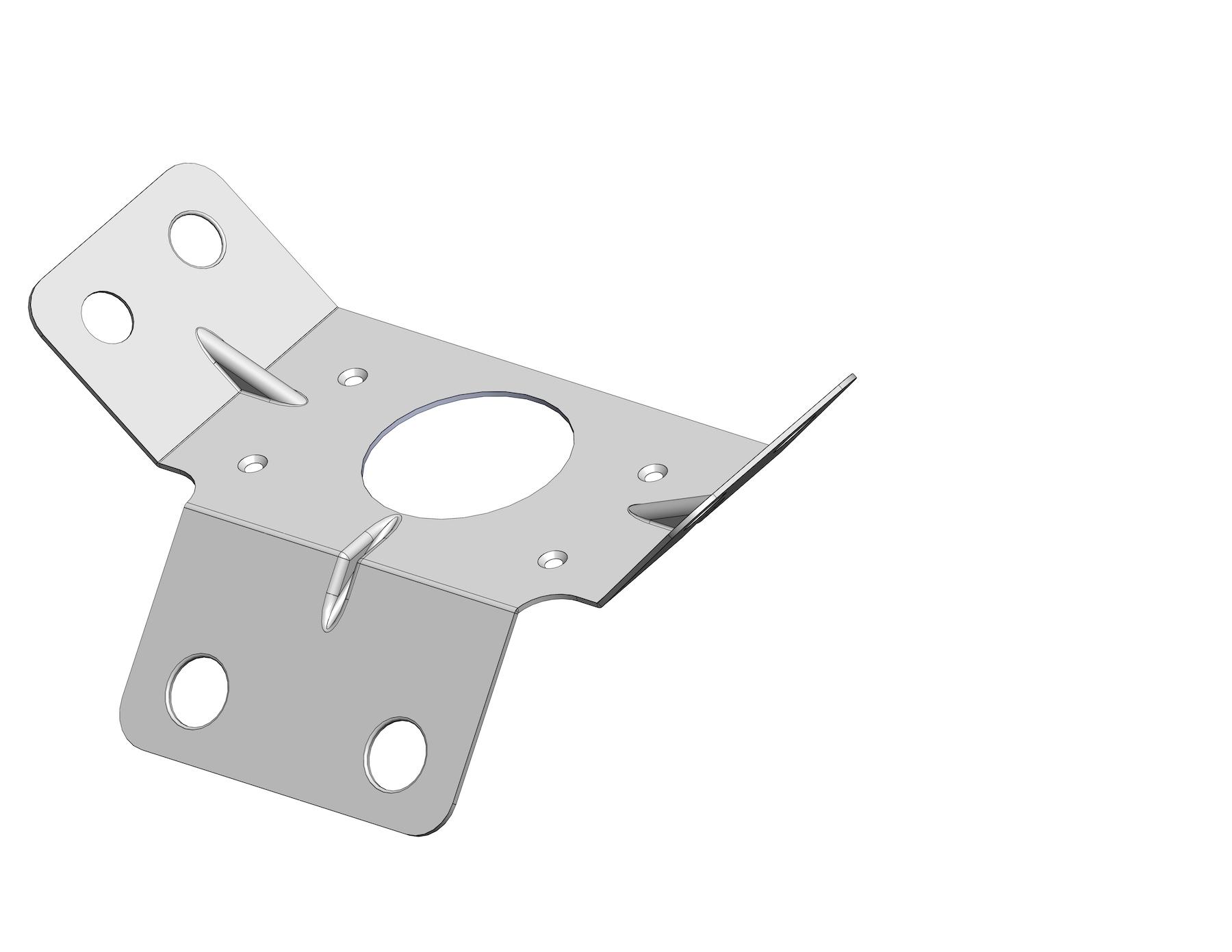Adding countersinks to formed stainless sheet metal
D
Hello, I’m working on a sheet metal enclosure (as in the image) that requires flush mounting for M6 countersunk screws. I need to add a countersink on a few holes, but the part is already flat-cut and formed. Has anyone successfully added a countersink post-process in this kind of setup without warping the part? Looking for the most practical approach, either manual or otherwise.

Suggested Topics
Topic
Replies
Views
Activity
How to correctly specify standard and non-standard threads in a technical drawing?
For a machined part that has both standard and non-standard thread types, what’s the best way to call out threads in the technical drawing? In particular, should I use thread callouts or full detail... read more
0
174
Oct 30
Drawing callout for tight tolerance over short bore length
hi, I have an aluminum housing for a small gearbox where the bearing seats are, of course, critical. I need to hold tight tolerances on the ID and OD, but only over a short... read more
4
157
Oct 31
DMLS tolerances for screw holes and sealing surfaces
Hi, I’m working on a small metal housing (around 120 × 80 × 40 mm) that will be 3D printed with DMLS for a sensor module. It needs threaded M3 screw holes and a... read more
4
207
Oct 28
Design challenge: rope-to-rope transfer in a small cylindrical coupling
Hi, working now on a small-scale linear actuator project and need a compact coupling between two coaxial cylinders. Both are 44 mm in diameter, with the upper one hollow (22 mm inner Ø). The... read more
4
192
Oct 17
Compact linear slide – how to balance smooth travel with lateral stability
hi!I’m working on a compact linear slide mechanism for a handheld inspection tool. The carriage rides between two vertical guide rails and has to remain laterally constrained while still moving smoothly along the axis.... read more
4
243
Oct 15
 Europe
Europe  Türkiye
Türkiye  United Kingdom
United Kingdom  Global
Global 

 Login with my Xometry account
Login with my Xometry account